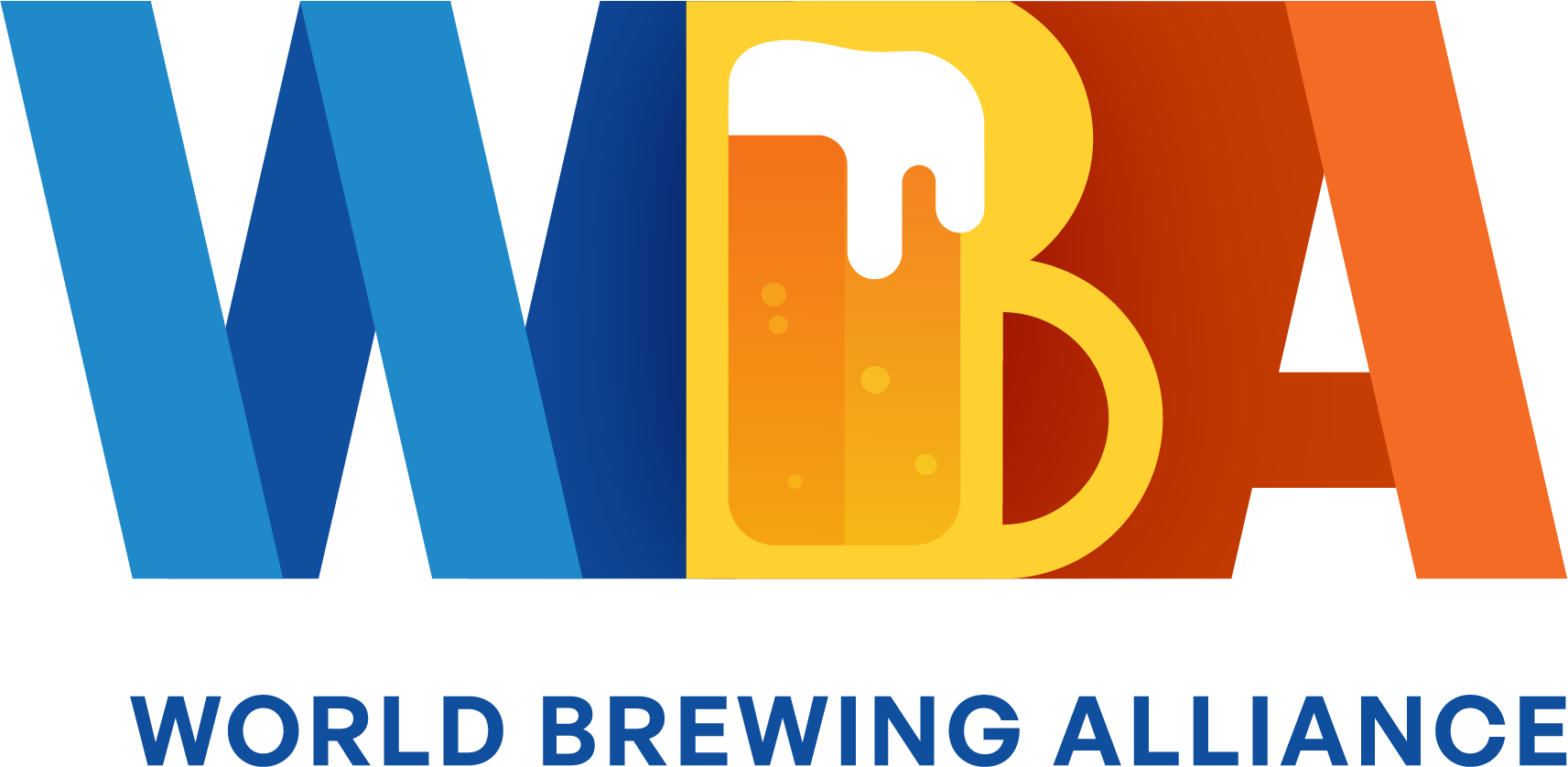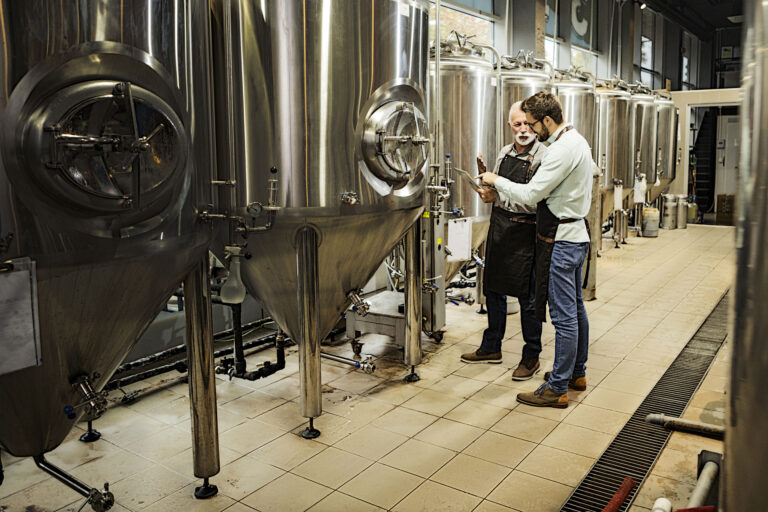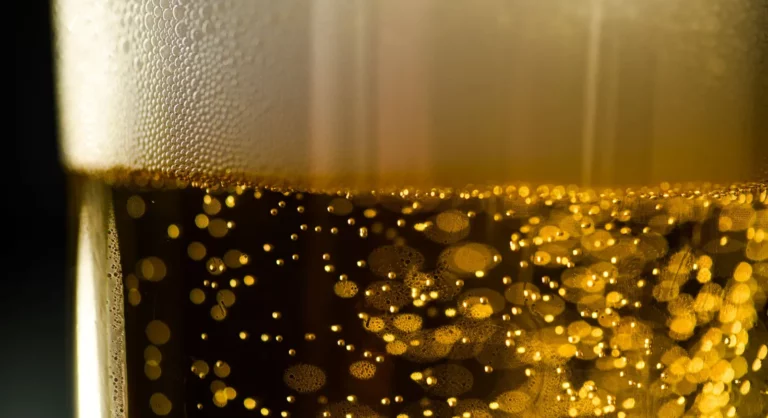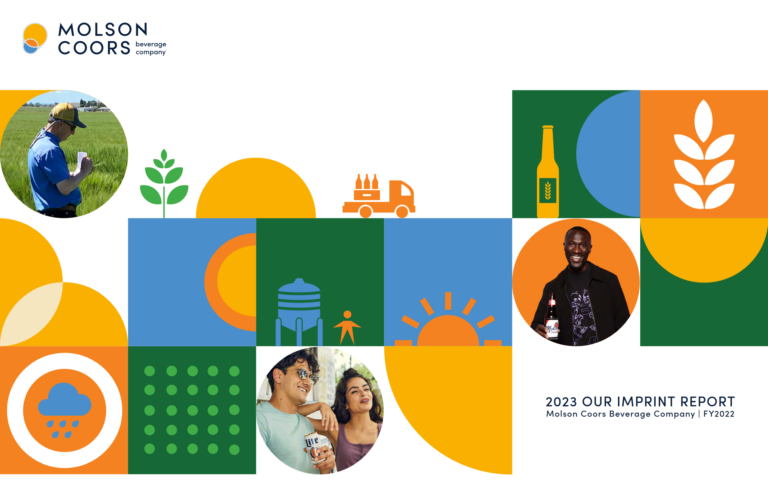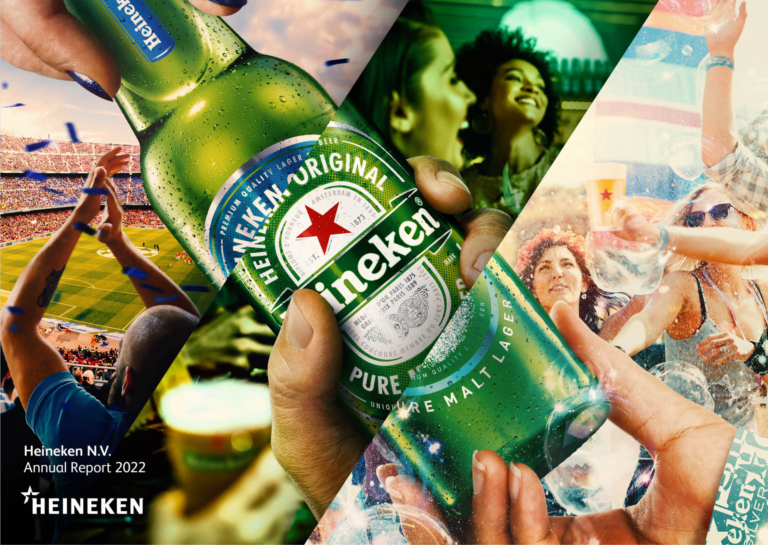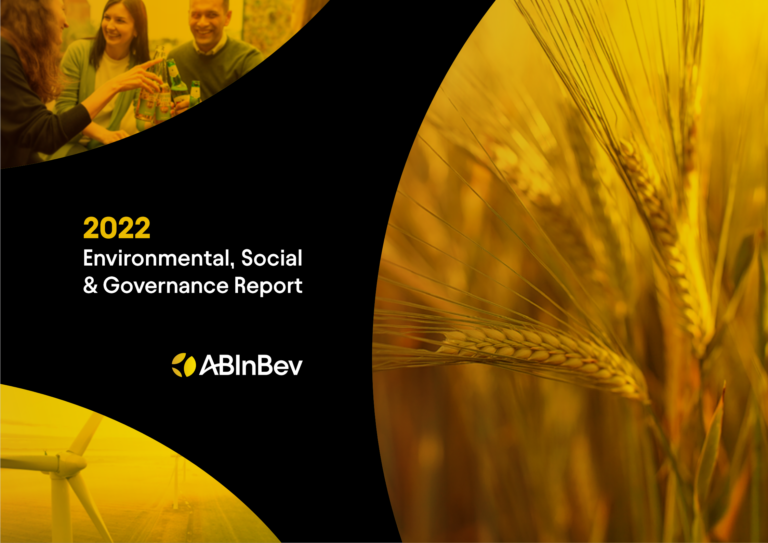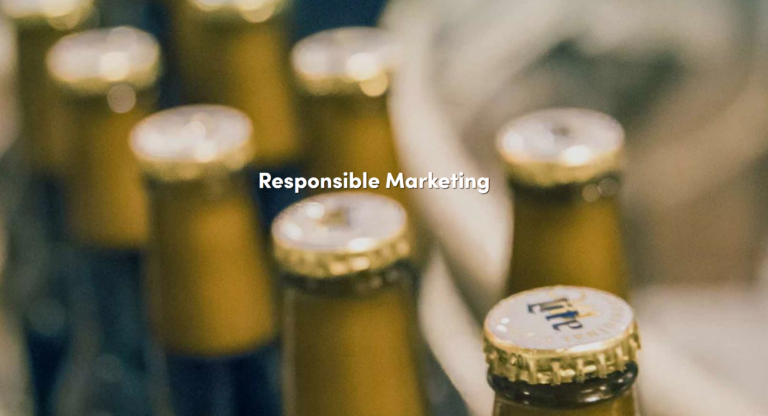Ninety years ago this week, the United States repealed Prohibition, ending the 13-year failed experiment of banning beer, wine, and hard liquor. Despite this history, the temperance movement is alive and well – driving prohibitionist policies, promoting the idea that all alcohol has the same negative impact on society and that there is “no safe level” of alcohol.
Justin Kissinger, President and CEO of the World Brewing Alliance.
The history of alcohol regulation teaches us that prohibitionist policies can be counter-productive to public good. America provides the best example.
American Prohibition was a disaster. Banning all alcohol sales in the US led to the rise of organized crime, an increase in violence, and a decline in public health. Many people turned to moonshiners and bootleggers to supply their alcohol, mostly in the form of hard liquor, leading to a proliferation of underground producers and a lack of quality control. As a result, many people suffered from the negative health effects of drinking poorly made, adulterated products.
According to a 2021 literature review by independent researchers, the illicit market continues to cause harm around the world: “Unrecorded alcohol is linked to over-proportional health harms mainly because it is typically (a) of higher alcoholic strength, often unknown to the consumers because of a lack of labeling; (b) consumed in more intoxicating patterns of drinking, as it is usually cheaper than recorded alcohol; and (c) preferred by people from lower socioeconomic strata from rural areas and by individuals with alcohol use disorders.”
Ultimately, the failure of American Prohibition showed us that the right way to reduce the harmful impacts of alcohol use is not through mindless bans, but rather with a regulatory system that recognizes the differences between beverage types and preserves individual choice while nudging consumers toward products with lower concentrations of alcohol.
Other countries also learned this lesson. The United States wasn’t the only country to embrace temperance in the early 20th century, though others took a more tailored approach that focused on hard liquor, because it’s cheaper to produce and stronger than beer and wine.
For example, During World War I, Denmark placed a heavy tax on liquor. The result shifted Denmark from a liquor-drinking to a beer-drinking culture almost overnight: consumption of liquor dropped from 75% to 12% as the country shifted to beer, the lower alcohol alternative. Belgium followed a similar model. After WWI the Belgian government passed “Vandervelde’s Law” which put restrictions on gin and distilled liquor, but not beer. The result? According to history professor Dr. Mark Schrad, “Against the backdrop of the United States’ disastrous experiment with prohibition in the 1920s, Vandervelde himself noted with great satisfaction that drunkenness, crime, and alcohol-related mortality and medical disorders had all declined dramatically in Belgium, all without black markets, bootleggers, and scofflaws the United States experienced. Similar outcomes could be found in postwar Sweden under Branting and his Social Democrats, who opted for a system of strict liquor control.”
Why do policies that nudge consumers towards lower alcohol products like beer result in better population level health outcomes? The answer comes from something called the substitution effect. While any alcohol can be abused, if a consumer substitutes their usual high alcohol drink with a low alcohol drink, they will consume less alcohol in that drinking occasion. If that shift in choice happens at the population level through policy changes, we can see the harmful use of alcohol reduced thanks to the substitution effect.
Examples of the substitution effect aren’t just from the history books.
For example, in 2019, a comprehensive study by WHO Europe of the impact of evidence-based alcohol control policies in Russia at the beginning of the 2000s found that policies shifting consumption away from high-strength alcohol beverages toward lower-alcohol beverages were associated with a decline in mortality, heavy drinking, alcohol poisoning, alcohol psychoses, and cardiovascular diseases.
Alcohol control policies that nudge consumers towards lower alcohol options are common practice throughout the world and encouraged by authoritative voices such as the World Health Organization which in 2022 published a report which said, “Tiered tax structures with higher rates based on higher levels of harm associated with products (i.e., ethanol or sugar) can help to reduce consumption of the most harmful products to a greater extent and help encourage reformulation.”
Ninety years ago, the United States learned this lesson. Before Prohibition was fully repealed, beer up to 4% ABV was the first legal product allowed to hit the market because policymakers recognized that lower-alcohol beverages carried lower risk. Over the decades that followed, policymakers adopted a range of differentiated policies designed to reduce the public health impact of alcohol, creating tighter regulations on higher alcohol distilled products than lower alcohol fermented products.
If European policymakers fall for the scare tactics of prohibitionists, who claim any amount of alcohol is bad, they will be repeating history. Harsh restrictions will not magically make people stop drinking all together. Balancing the cultural and community elements of alcohol with the need to reduce harm means shaping a regulatory environment that meets consumers expectations while recognizing that different types of drinks are consumed in different ways. History shows us that the differences between different drinks matters, and recognizing that not all drinks are equal is a key part of effective alcohol policy.
Let’s learn from the past and develop smart, evidence-based policies that reduce the harmful use of alcohol by shifting consumers to lower-alcohol options.
